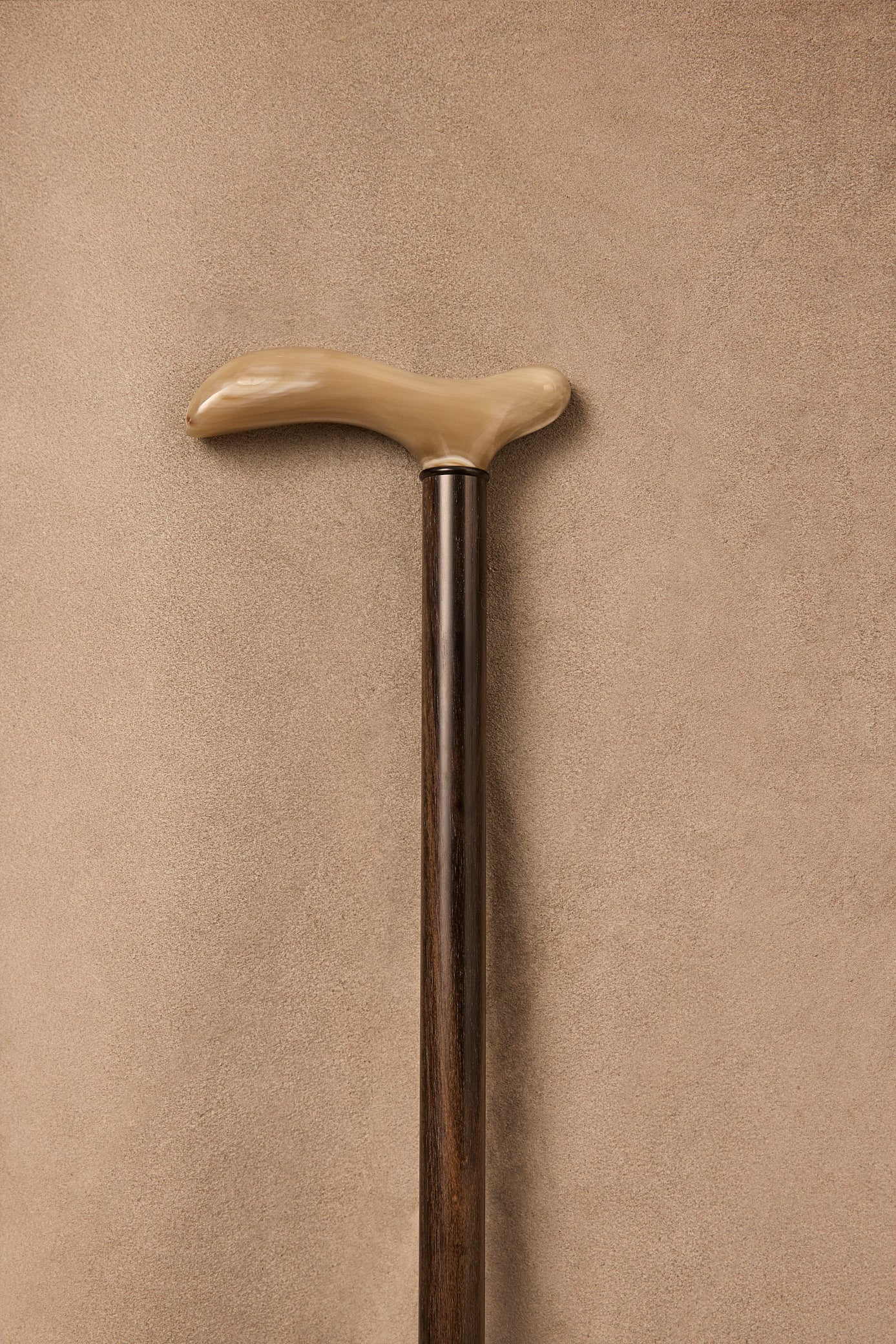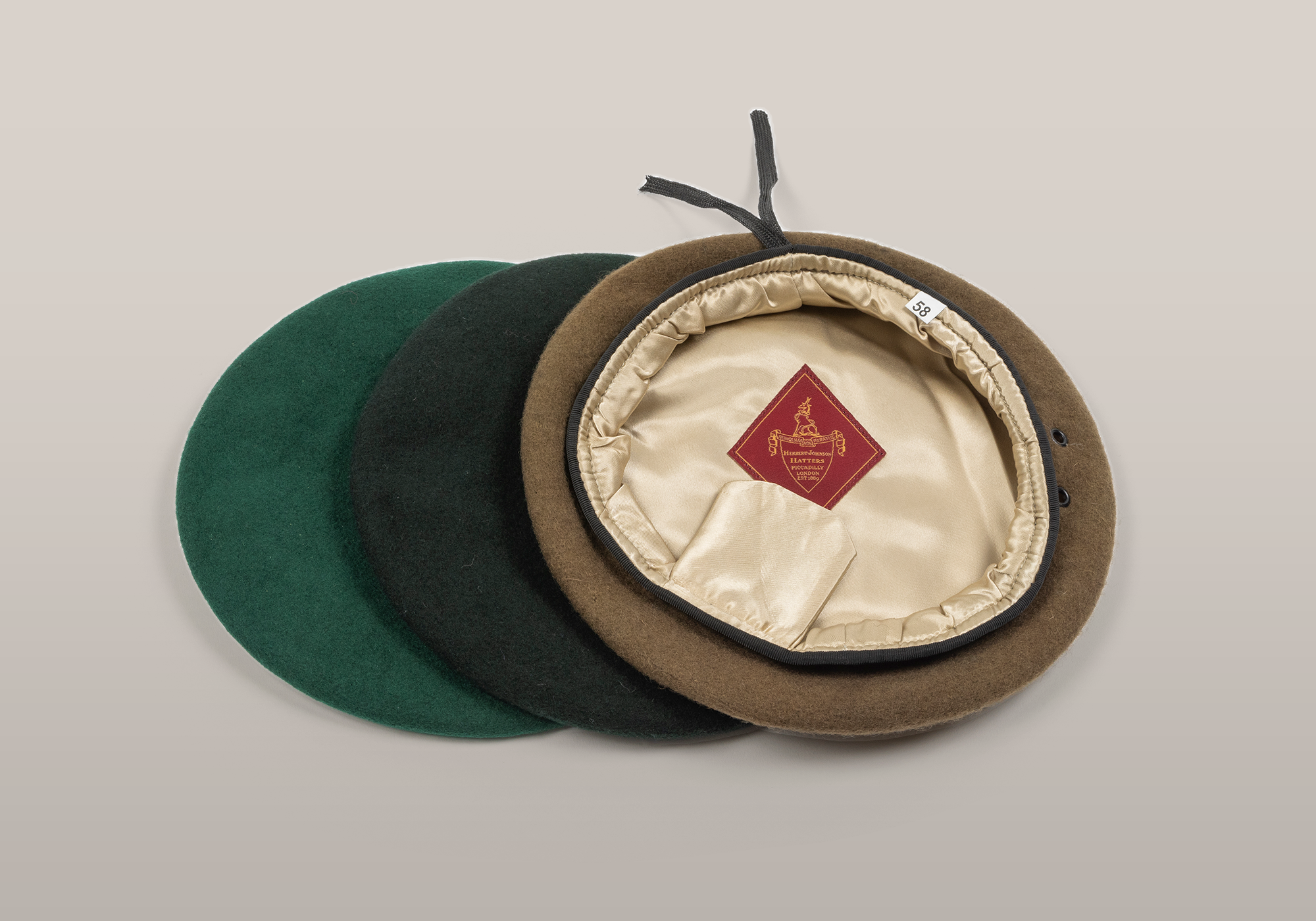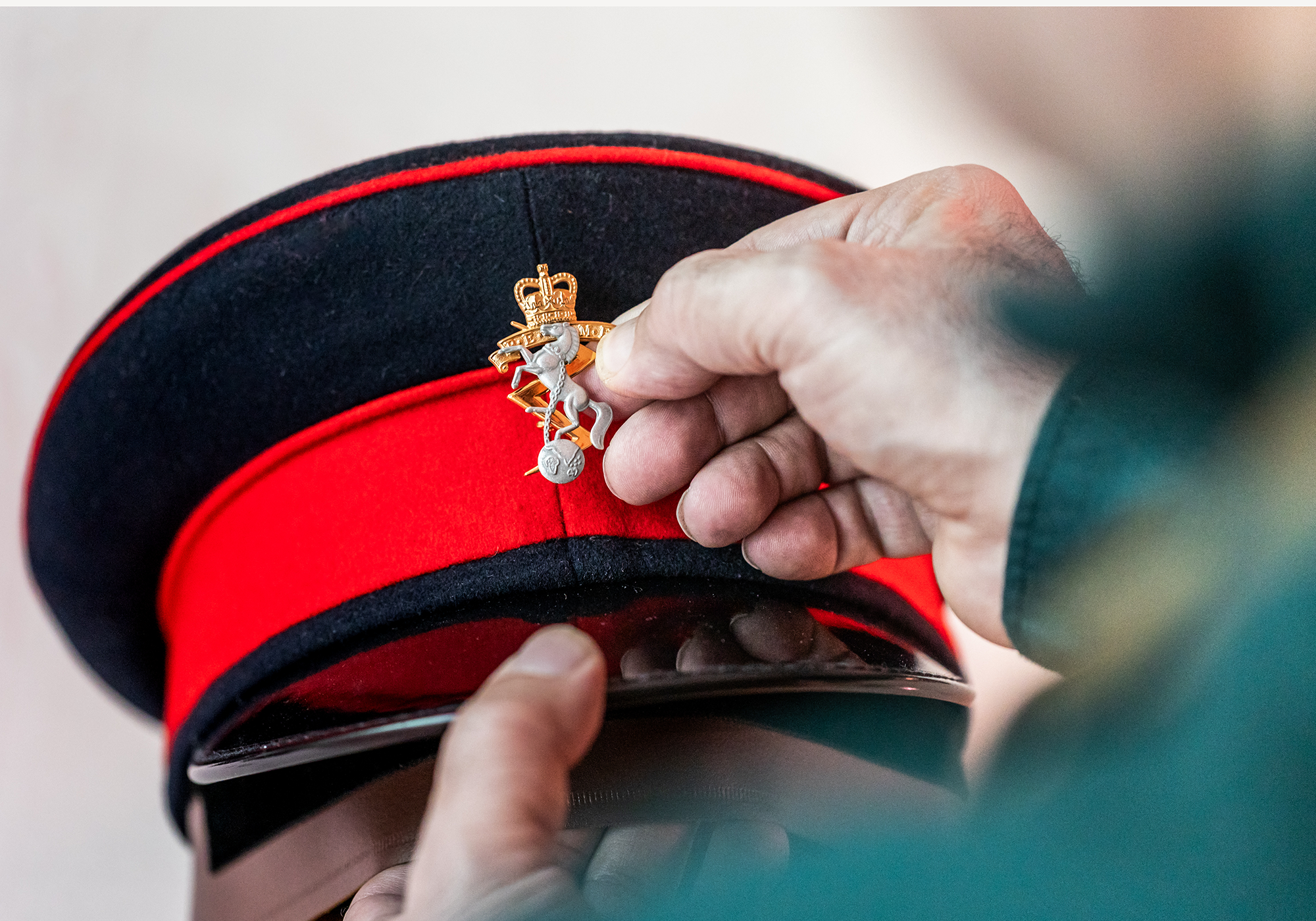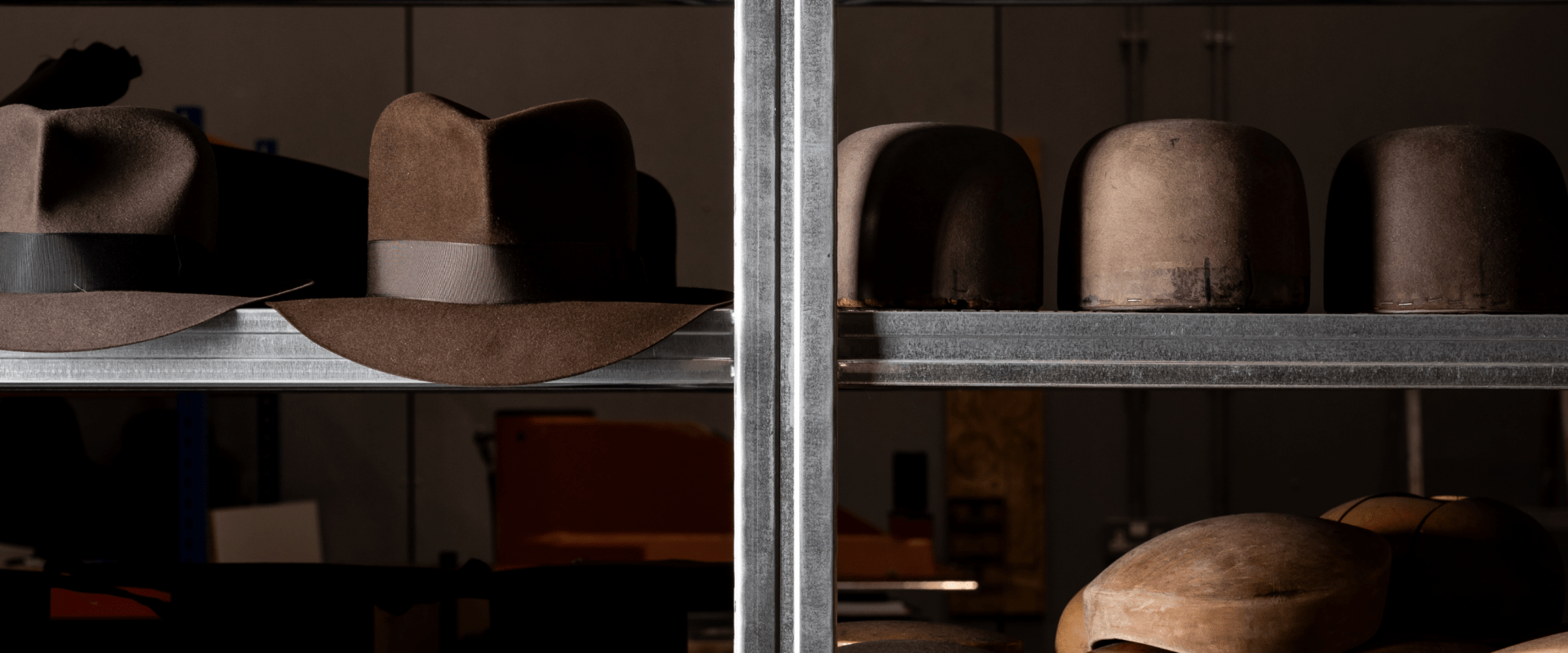ETIQUETTE IN 1750: A GUIDE TO GRACEFUL LIVING
When you step into the world of Swaine, you enter a legacy of timeless elegance rooted in 18th-century Britain. In 1750, etiquette was not merely a set of rules but a living expression of refinement and sophistication—an art form that reflected one’s character and standing. Much like the meticulously handcrafted leather goods we create today, these customs were crafted to endure, elevating everyday moments into something extraordinary. Join us as we journey through the customs and courtesies that defined Georgian Britain and continue to inspire a life of grace and poise.

THE ART OF BEING A GENTLEMAN
To be a gentleman in 1750 was to embody a code of conduct marked by integrity, poise, and respect for others. This ethos extended to every facet of life, from conversation and dress to public behaviour.
The Gentleman’s Manner:
- Speech: Polished and articulate, a gentleman avoided vulgarity and trivial gossip, choosing instead to engage in intelligent and measured conversation.
- Conduct: He walked with confidence, held doors open for ladies, and ensured that his behavior reflected his good breeding at all times.
Politeness to Ladies:
A gentleman’s respect for women was paramount. He offered his arm during walks, carried parcels, and ensured a lady’s safety and comfort, whether at social gatherings or in the bustling streets of London.
At Swaine London, we celebrate these enduring values with leather goods that reflect the gentleman’s commitment to detail and grace, from finely crafted gloves to elegant walking canes.

HORSE RIDING: A GENTLEMAN’S PURSUIT
In Georgian Britain, horse riding was more than a means of transportation; it was a statement of status, skill, and elegance. The gentleman’s mastery of equestrian etiquette reflected his refinement and understanding of tradition.
Proper Attire:
- A gentleman’s riding ensemble typically included a tailored coat, breeches, leather boots, and gloves. Hats, such as tricorns, completed the look and were always removed when greeting a fellow rider or a lady.
Mounting and Dismounting:
- Precision and grace were essential. A gentleman ensured his movements were smooth, avoiding undue haste or clumsiness.
On the Road:
- Riders maintained a courteous distance to avoid spooking other horses and kept to the left side of the road—a precursor to modern driving etiquette.
- A respectful nod or a tip of the hat acknowledged other riders or pedestrians.

THE CODE OF DUELLING: HONOUR ABOVE ALL
Often a last resort to defend one’s honour, the practice of duelling was a more dramatic aspect of the 18th century.
The Rules of Engagement:
- Challenges were issued only after all attempts at reconciliation had failed.
- A trusted friend, or 'second', oversaw the duel to ensure fairness and adherence to the agreed-upon terms.
- The goal was not necessarily to kill but to demonstrate courage and resolve.

FASHION AND THE LANGUAGE OF POLITENESS
Clothing was an integral part of etiquette in 1750; a visual indicator of one’s respect for society and occasion.
Gentlemen’s Attire:
- A gentleman’s morning attire differed from his evening ensemble. A well-tailored frock coat, waistcoat, and breeches were staples, paired with polished leather shoes.
- Accessories like gloves and a walking stick signified refinement. Removing one’s gloves before shaking hands was a sign of respect.
Ladies’ Fashion:
- Women’s gowns were elaborate, often featuring rich fabrics and delicate embellishments. Gloves, hats, and shawls completed the look.
- A lady’s comportment—standing tall, moving gracefully, and maintaining composure—was as important as her attire.

UMBRELLAS: A GEORGIAN ESSENTIAL
By the mid-18th century, umbrellas, once viewed as an eccentric novelty, had become a practical accessory for the discerning gentleman. However, their use required adherence to strict etiquette.
Carrying an Umbrella:
- A gentleman ensured his umbrella was clean and in good repair, much like his attire. Carrying a tattered umbrella was a mark of poor taste.
- Umbrellas were carried closed when indoors or under covered walkways and opened with care to avoid splashing others.
Offering Shelter:
- A gentleman always offered his umbrella to a lady caught in the rain, even at the expense of his own comfort.
- When walking with a companion, the gentleman held the umbrella at an angle to shield the other person from the rain, taking care to avoid obstructing their view.

DINING ETIQUETTE: A SHOWCASE OF GRACE
The dinner table was the stage for Georgian refinement, where the rules of etiquette dictated every aspect of behavior.
Table Manners:
- A gentleman refrained from eating too quickly or speaking with his mouth full. He ensured that his knife and fork were handled delicately, reflecting his good breeding.
- Toasts were common, often accompanied by short speeches. A gentleman stood when giving a toast and raised his glass with measured enthusiasm.
Conversation:
Light and agreeable topics were preferred during meals, avoiding subjects that might upset the mood or offend a guest.
The principles of Georgian etiquette—respect, consideration, and self-discipline—remain as relevant today as they were in 1750. At Swaine London, we channel these timeless values into every piece we create, ensuring that our leather goods exude both elegance and practicality.
Whether you’re selecting a bridle leather briefcase, a handcrafted umbrella, or a pair of leather gloves, you’re investing in more than just an accessory. You’re embracing a heritage of refinement that has stood the test of time.
















